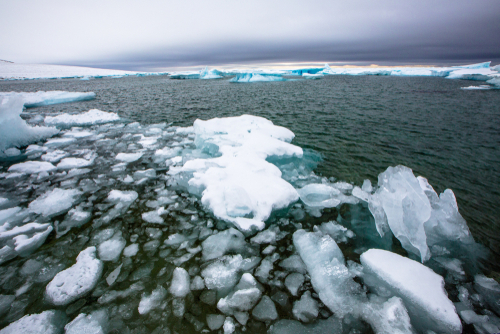
On Friday, the U.S. Coast Guard announced its Cutter Healy crew and a number of scientists from the National Science Foundation would take on a mission in the Arctic Ocean.
The mission will take the cutter west from Kodiak, Alaska where the crew and researchers will service the Nansen and Amundsen Basis Observational System (NABOS). The month-long mission will recover, service and deploy nine long-term subsurface mooring arrays that stretch from the Eurasian Basin to the East Siberian Sea. Officials said the mooring will give researchers at the National Science Foundation and the International Arctic Research Center information about how water from the Atlantic Ocean is being introduced into the Arctic as well as help develop an understanding of water circulation in the region.
“The Siberian Arctic, one of the regions of the Arctic where changes in sea ice and ocean are currently most noticeable, will be the area of this high-latitude mission onboard the Healy,” said Igor Polyakov, NABOS project lead. “However, this region is also one of the least observed, making this cruise crucial if we want to create a trustworthy observing and forecasting system.”
The project will also provide researchers with the ability to execute conductivity, temperature and depth casts, and sample water in areas normally inaccessible due to pack ice.
The goal, officials said, is to gain understanding of the circulation and the transformation of Atlantic waters into the Arctic Ocean since the project began in 2002. Missions from 2021 to 2025 are directed at quantifying freshwater introductions and their impact on the transportation of heat into the region.
Officials hope the observations can inform the scientific community on the potential impacts to Arctic sea-ice coverage and marine ecosystems.




